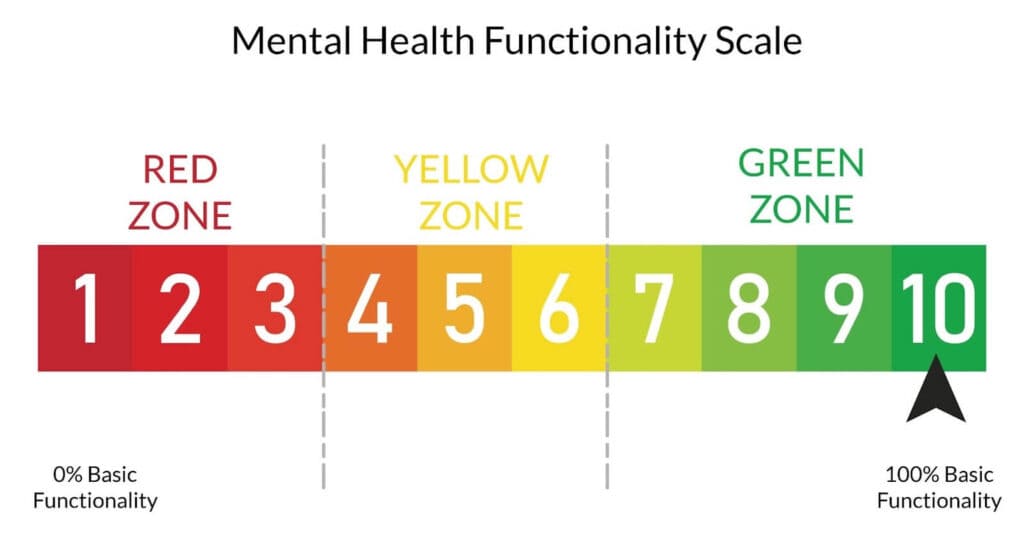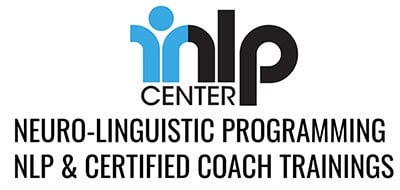Four Things Life Coaches Can’t Do
The difference between coaching and counseling (or therapy) can be summarized in four points. According to Connor Jackson, JD, there are four things counselors do that life coaches legally cannot do:
- Bill their services to health insurance companies.
- Offer the breadth of care and services provided by therapists.
- Diagnose or treat mental health conditions.
- Describe their services using any of the terms that the law protects for licensed professionals.
All of these are clear except point #3, which is potentially confusing. It states that life coaches—and mental health coaches—cannot diagnose or treat mental health “conditions.”
This is an interesting choice of words. We can only assume that Mr. Connor means mental health “disorders,” such as Major Depressive Disorder or Post-traumatic Stress Disorder. It makes sense, then, that coaches should have a way of knowing when they are in the presence of a mental health disorder.
This is one of those hot topics in life coaching that’s nearly impossible to address adequately.
We know that life coaches are not allowed to treat mental health disorders and should refer to a clinical counselor when confronted with one. Yet, how can we recognize clinical issues when we haven’t been trained to recognize them in the first place?
This is the question we’re attempting to answer in this post.
The Functionality Criterion: A Guide for Coaches
The answer comes from what every clinical diagnosis has in common: functionality.
Functionality represents the client’s apparent ability to perform the most basic tasks required to make life work. Basic tasks include necessary elements such as eating and drinking, working, interacting productively with others, and other basic necessities.
A symptom becomes clinical when it prevents you from doing something essential in life that you cannot function without, such as earning money, keeping up a home, or maintaining basic social or health needs.
It is also critical to understand that in order to be diagnosed with a mental illness, the symptoms must be experienced as “excessive and persistent.” Such excessive and persistent symptoms interfere with life, preventing the client from doing the basic things required for life to be considered functional.
When clients report internal symptoms that prevent them from doing the basics in life, the presence of a clinical diagnosis is likely, which the mental health industry considers a form of mental illness.
If a client mentions a real or potential mental illness, the coach must decline to address it and defer to a clinical counselor. The coach may only proceed if the coach and client agree that no clinical issues will be addressed in coaching.
The challenge for coaches is that they are not trained in diagnosing mental health disorders, nor is such training required by coaching organizations. The coach may not even see the clinical issues that could be present. Plus, different counselors may diagnose the same patient differently, or not at all.
Given the subjectivity and judgment calls involved, it would be impossible to expect coaches to see the clinical picture.
Yet, it turns out that there is a simple and effective way to determine whether or not a client is ready for coaching with you. We can call it the Functionality Scale.
The Functionality Scale
The Functionality Scale is a simple rating scale measuring how much an issue disrupts key areas of life.

It’s made of three zones:
- The red zone represents low functionality, which means a major area of life is significantly disrupted due to mental health issues.
- The yellow zone represents significant dysfunction that falls somewhere between total functionality and total dysfunction. Uncertainty is the hallmark of the YELLOW ZONE. We aren’t sure whether the client’s issues are symptoms of a clinical condition or not.
- The green zone represents high functionality – life is basically working, with lots of room for improvement.
Before coaching, we must see the client in the GREEN ZONE.
Understanding Anxiety Through the Functionality Scale
Fear, anxiety, worry, or nervousness often show up in coaching. How are we to know that someone’s anxiety is typical anxiety or the kind of anxiety that could be diagnosed clinically, such as with Generalized Anxiety Disorder?
A coach does not need to know every symptom of Generalized Anxiety Disorder listed in the Diagnostics and Statistics Manual. To determine the appropriateness of coaching, when a client reports emotional disturbance such as anxiety, the coach should attempt to understand whether the reported anxiety crosses the line into the clinical territory. Where is that line? It rests between functionality and dysfunctionality. In other words, if the anxiety prevents that client from doing the necessary tasks of life, it might be considered a clinical case and you should address it with the client.
Red Zone Anxiety: When to Refer Out
In the RED ZONE, anxiety cripples the client.
The reported anxiety actually prevents the client from doing at least one essential task in life, such as going to work, parenting, making decisions or interacting with friends and family. The client experiences the anxiety as debilitating and needs help to restore basic functions and make life work again.
Clients, in this case, often feel a range of attitudes toward recovery, from optimism to desperation or even despondency, Yet, in every case, the client is helplessly avoiding something very important to living as an adult because of the excessive anxiety.
What to do: RED ZONE clients should be referred to a therapist. Coaching should only be done in cooperation with a therapist or as a treatment team member. Most life coaches should avoid working with RED ZONE clients, as therapists are better equipped to handle the various circumstances that may arise.
Yellow Zone Anxiety: The Gray Area
The YELLOW ZONE is marked by uncertainty. The client reports high anxiety but we aren’t sure whether or not this is a clinical (critical, debilitating) case. Maybe the client has anxiety related to work but still goes to work every day, finding a way through it. The client may be surviving the issue, yet still gravely concerned about staying ahead of the anxiety.
Bear in mind that someone is in the YELLOW ZONE when you are sure they are not GREEN but not sure if they are RED. This is the middle ground.
What to do: If you aren’t sure whether a client represents and clinical issue, it’s important NOT to overlook that fact. You need to be more reasonably sure that it’s appropriate to coach before actually coaching. Options include asking the client to confirm a diagnosis before coaching.
Alternatively, if the client is sure there has never been an official diagnosis or reassures you that there is no significant disruption to key areas of life, then proceed with coaching under the mutual understanding that no treatment of a clinical issue is happening.
Green Zone Anxiety: Coaching with Confidence
In the GREEN ZONE, life is fully functional but not optimal. Someone who reports high anxiety in the green zone is already living in such a way that the basic responsibilities in life are covered.
This person might report being too nervous to perform at a high level but still goes to work every day, performs in some basic capacity, and collects a regular paycheck. The anxiety might prevent optimal performance at work, but there is no doubt as to the client’s basic capacity to meet daily obligations.
Knowing whether to work with a client or refer to counseling is a matter of understanding the client’s current ability to meet daily obligations. Per the degree that basic obligations are impaired, a referral for counseling is warranted.
Bottom line: Coach green zone clients!



